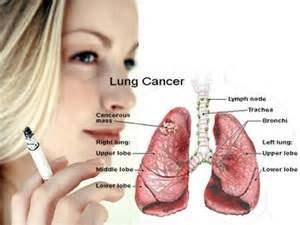Have you heard the news? Sitting is the new smoking.
It’s taking years off your life.
All that time you spend parked behind a steering wheel, slumped over a keyboard, or kicked back in front of the TV increases your risk of heart disease, diabetes, cancer, and even depression. Not mention what it does to your waistline.
Here’s what the research shows.
- Sitting for more than three hours a day can cut two years off your life expectancy, even if you exercise regularly.
- Watching TV for more than two hours a day can shorten life expectancy even further, by another 1.4 years.
- An Australian study determined that watching an hour of TV was about as lethal for anyone over 25 years of age as lighting up one cigarette.
This is not good news for those of us who are chained to a desk all day long!
What Happens to Your Body When You Sit?
Long periods of sitting cause changes in your body. These include:
- Overproduction of insulin by your pancreas. Cells that aren’t moving don’t respond as well to the effects of insulin, so your body makes more. This can lead to diabetes over the long run. A 2011 study found changes in insulin sensitivity after one day of prolonged sitting.
- An increased risk for colon, breast and endometrial cancers. The reason isn’t clear, but one theory is that excess insulin encourages cell growth. Another is that regular movement boosts natural antioxidants that kill cell-damaging free radicals.
- Poor circulation. Sitting decreases blood flow to your lower legs, putting you at risk for blood clots (DVT).
- Mushy abs/glutes and tight hips. When you’re standing, your abs hold you up, giving them a workout. If you’re sitting, they don’t have to do much! Same for your glutes. Hip flexors become tight if you’re not upright. This can affect balance and increase your risk for falling.
- Brain fog. Movement pumps blood to your brain…keeping you clear and energized. Perimenopausal women have enough issues with brain fog without adding to it!
- Neck, back and shoulder strain. Craning your neck forward all day and slouching over a keyboard puts a lot of strain on your upper body. Wonder why you have those knots in your shoulder muscles? Look no further than the way you sit at a desk.
If you’d like Those Years Back…
Depending on your work situation, you may or may not have the flexibility to make all of the environmental changes that will support your body. But you can make lifestyle changes in your home workplace that can help you hang on to those extra years. Here are some suggestions to get you started:
- Get a standing or treadmill desk. There’s more variety here than a few years ago in all kinds of price ranges.
- Get up at least every half-hour and walk around (bonus points for getting a drink of water).
- Get an ergonomic evaluation of your work station. Many of us have computer monitors that are too low and chairs that fit our bodies improperly.
- Stretch during the day or do some simple yoga poses (cat/cow is a good one).
- Trade TV/computer time at home for a walk or a yoga video.
- Get regular massages (Thai massage is especially good).
Simple ways to Stay Healthy.










